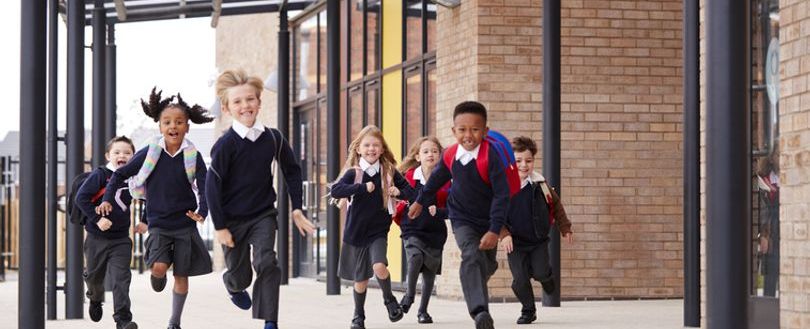
FIA Guidance document - Use of fire alarm systems for lockdown (specifically in schools)
Like it? Share it!
15 February 2021
FIA has just published a new Guidance document. Use of fire alarm systems for lockdown (specifically in schools). For those of us in the Fire Detection & Alarm industry, evacuation of buildings is a recognised and understandable objective. It is borne out of the need to keep building users safe in case of fire moving them away from danger or out to an ultimate place of safety. Dependant on the risk to users and systems available to them, the premises management can employ varying degrees of controlled evacuation such as staged, phased or full evacuation.
Premises management also have a responsibility to consider the safety of users in other situations ranging from warning of slippery floors; through operating safe systems of work (e.g. permit-to-work procedures) to providing emergency lighting. Some buildings have unique situations due to their location, particular usage, inherent value or social importance. This has led to management considering risks that users may be exposed to immediately outside their building. For example, a local chemical release incident may require the users of a nearby building(s) that could be affected by the pollution (or explosion) to remain inside with windows and doors closed. Similarly, a school may receive a report of a dangerous animal in the vicinity and may consider keeping children inside the school at break-times until it is safe for them to use the grounds.
The need to stay in or return to a building for safety is known as an invacuation. As with evacuations there are several degrees of invacuation. The most demanding is to immediately lockdown the area preventing circulation movement within, egress from or access to the building (to frustrate attackers gaining entry). The invacuation alarm is generally short term/momentary to prevent panic and to enable further & ongoing communications. There could be a different alarm in order to signal the all-clear.
Generally, these two safety functions are achieved by two separate and distinct systems but more recently it is being requested that the FD&A provide both evacuation and invacuation facilities. This is usually based on a perceived cost-saving (one system rather than two).
The unseen benefit is that the FD&A systems are installed to a standard that limit the probability of impairments thus making an invacuation system more reliable than using less dependable communications systems.
Related news
Related resources
-
Euralarm-FAQs-re-Environmental-Product-Declarations-EPDs.pdf 1
27 November 2025
-
Memorandum of Association
01 September 2022
